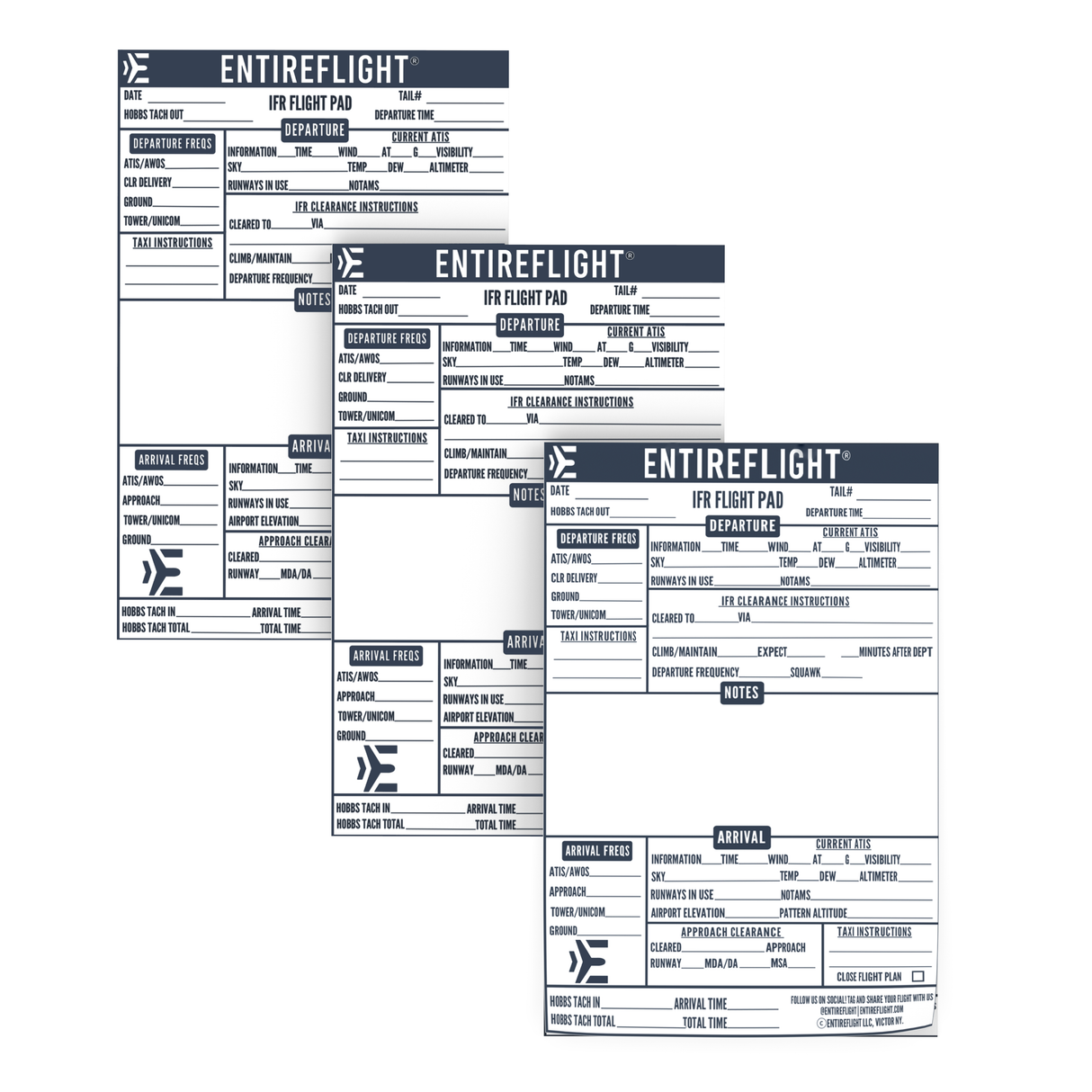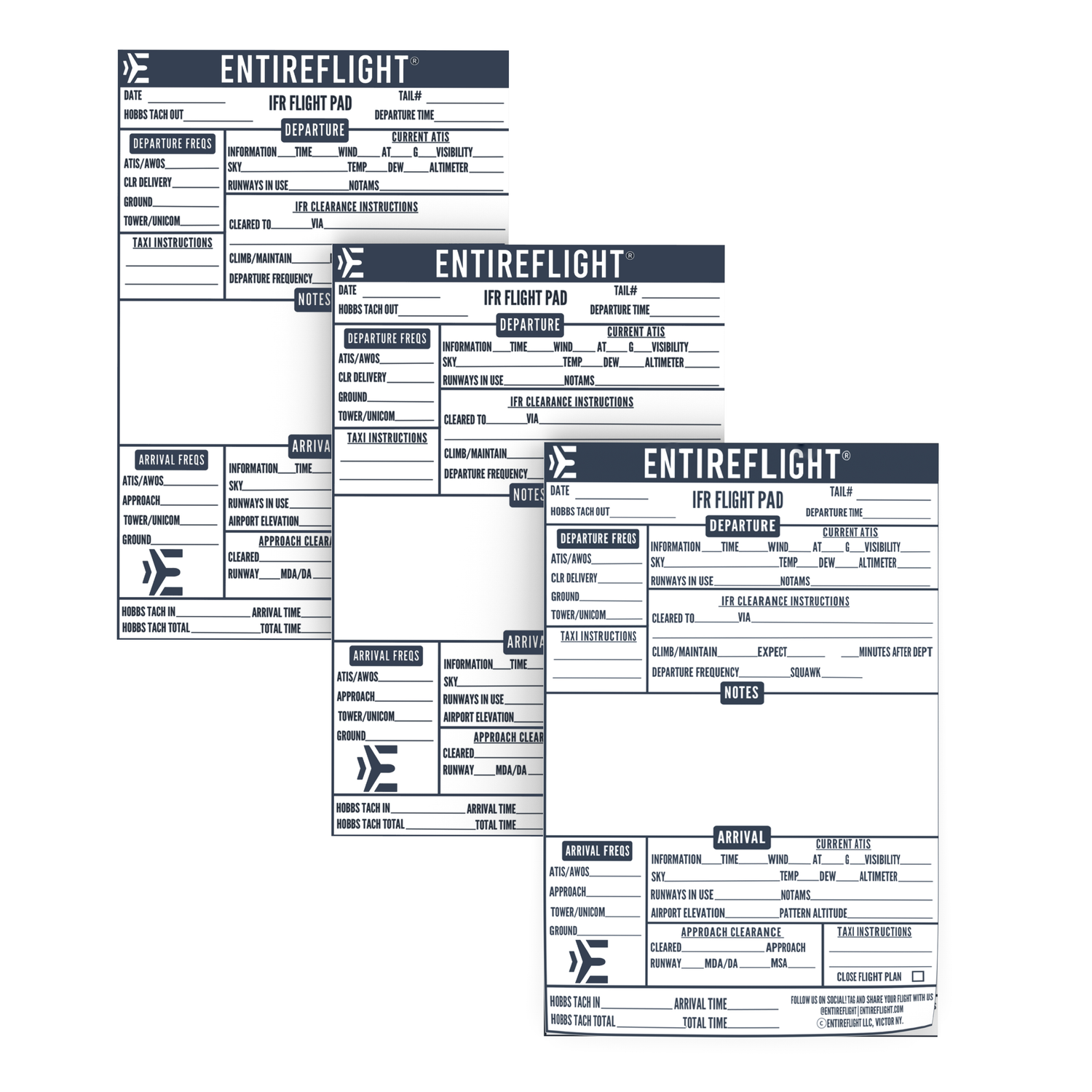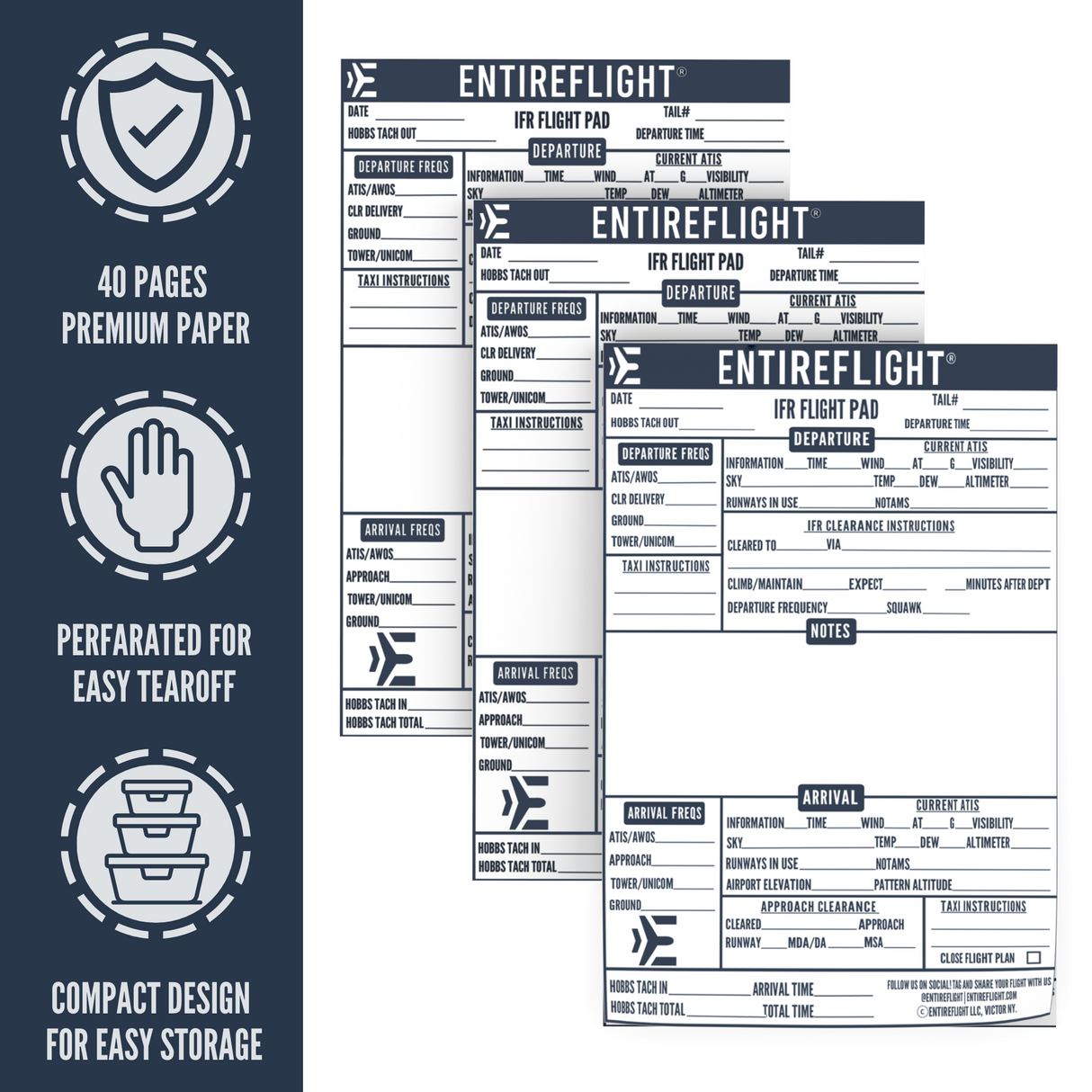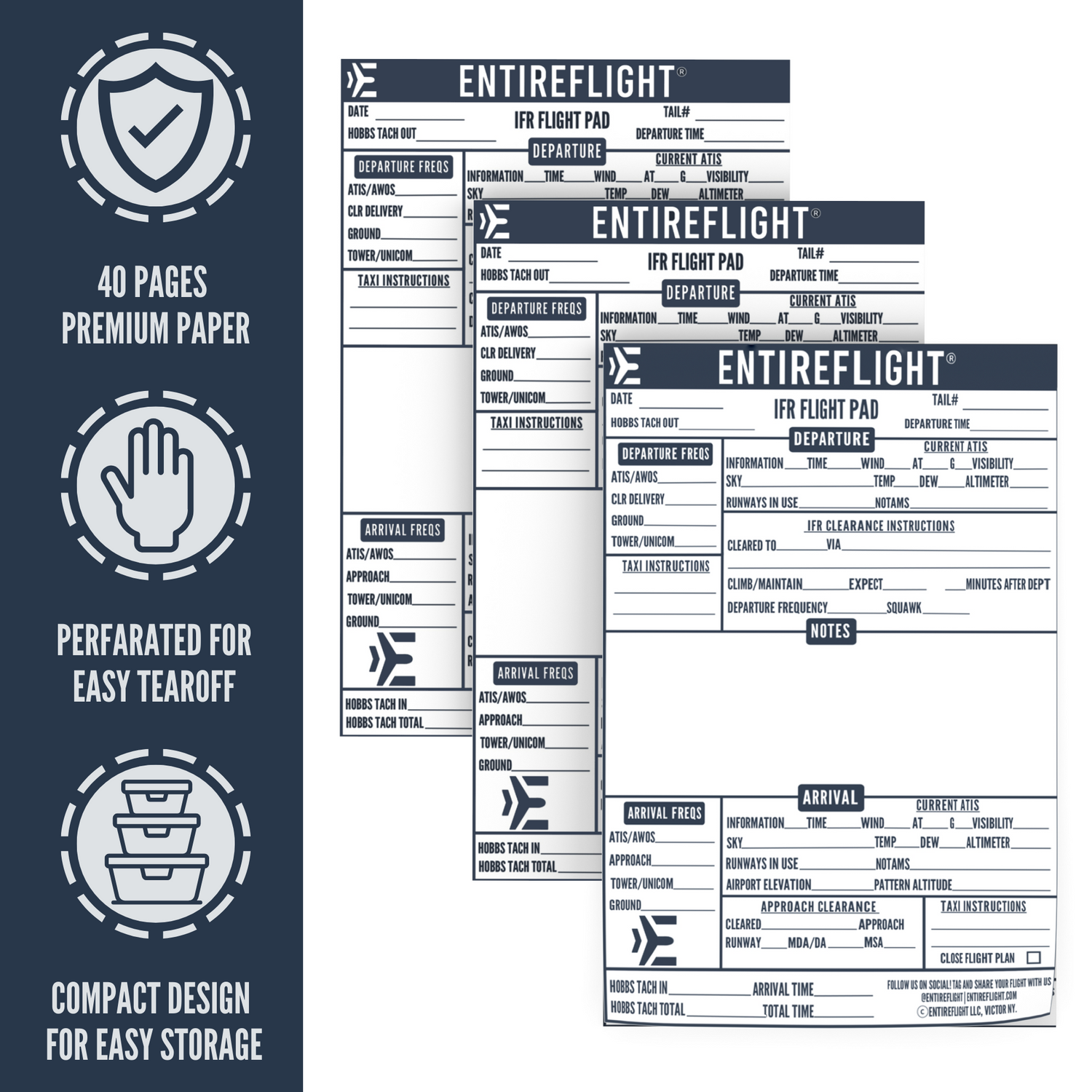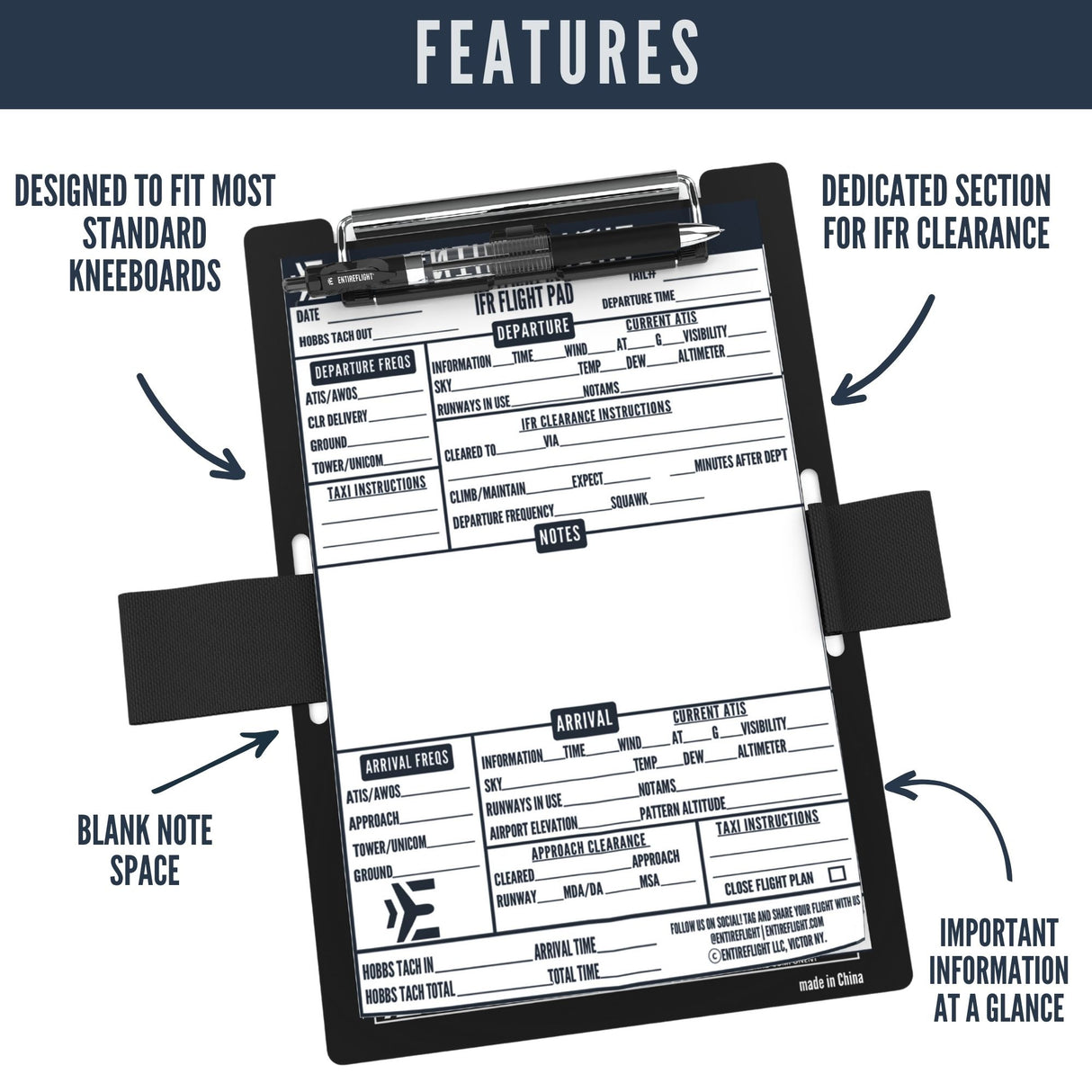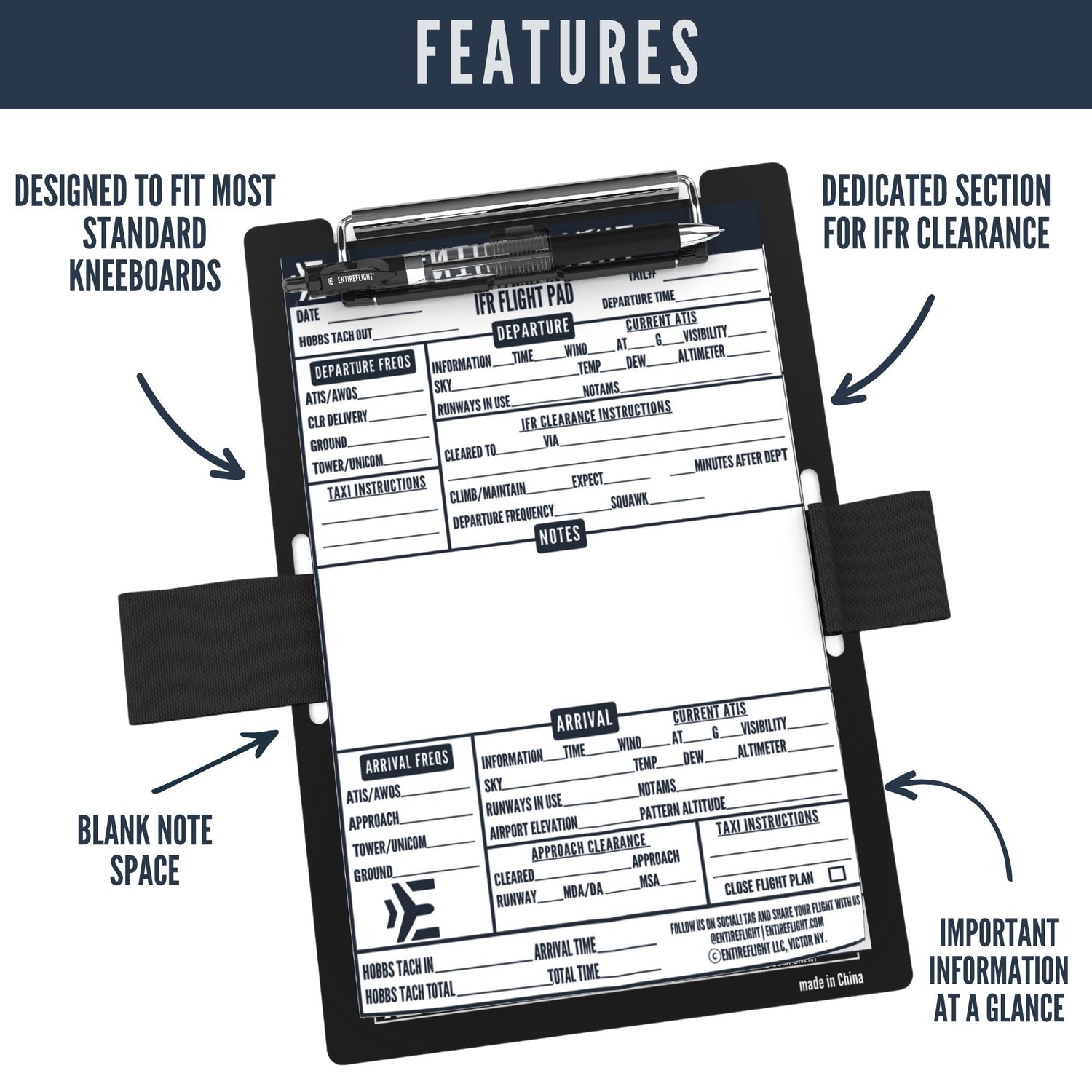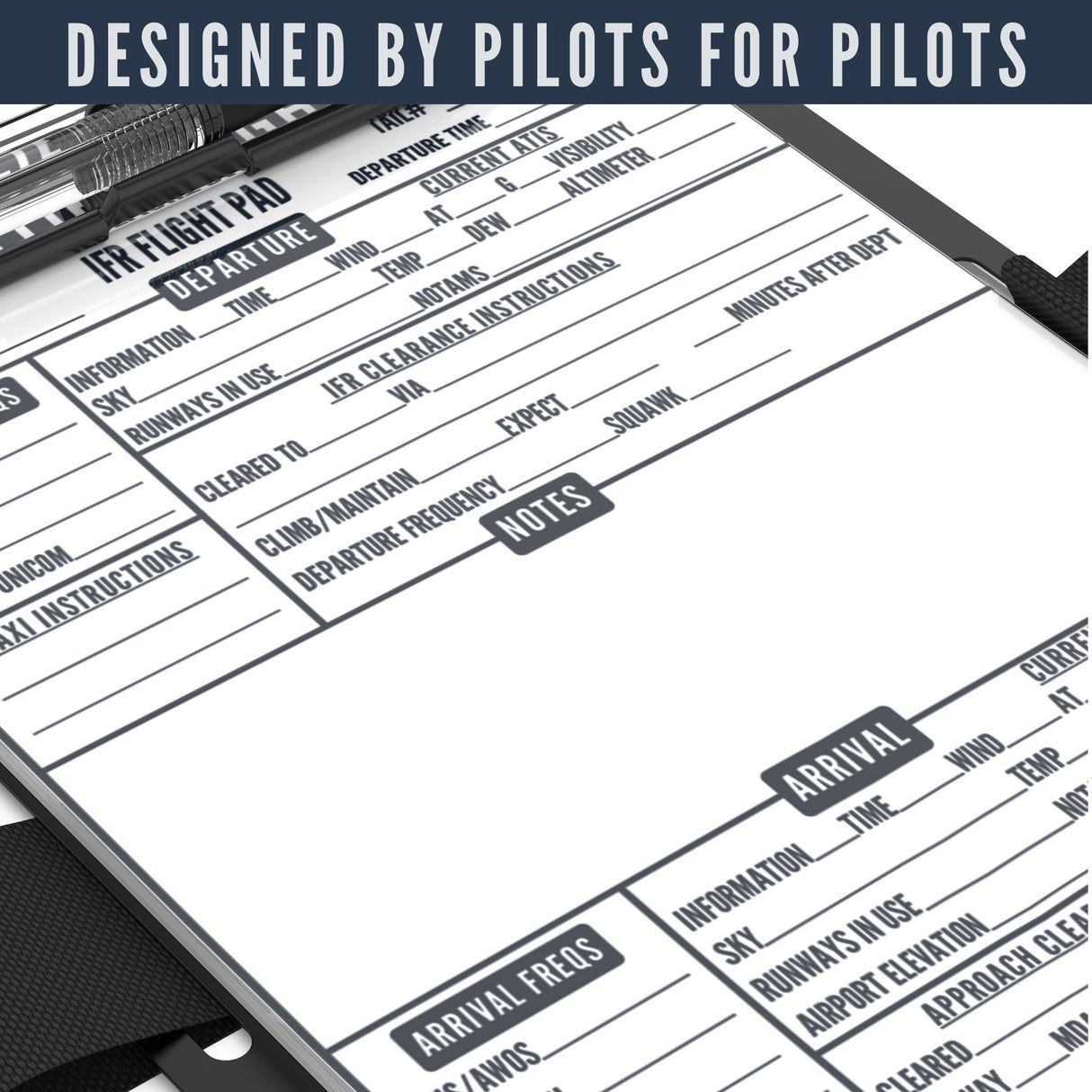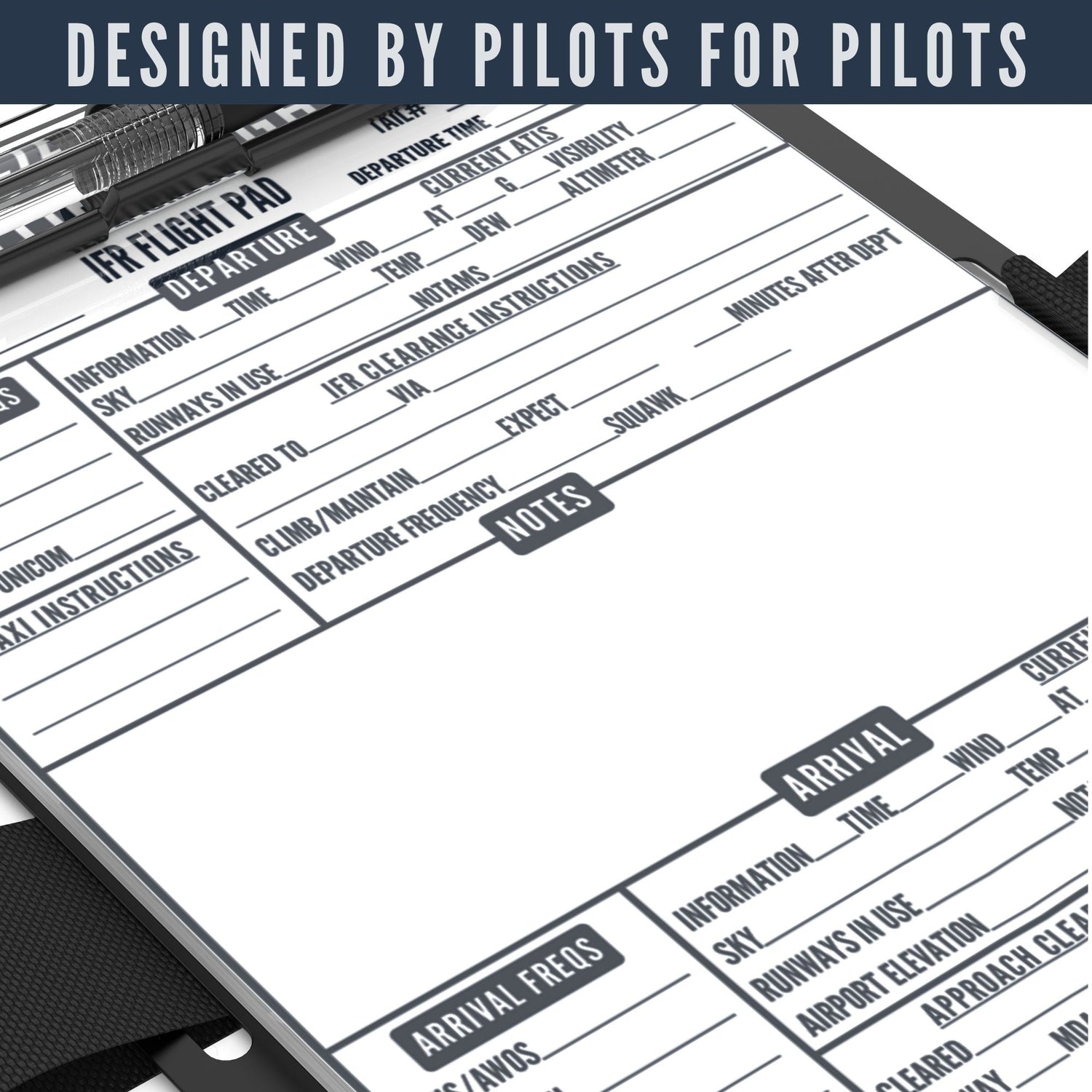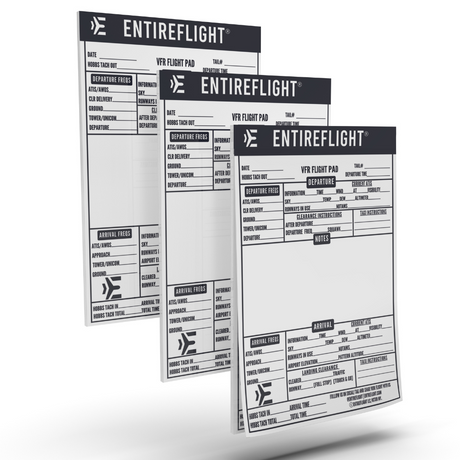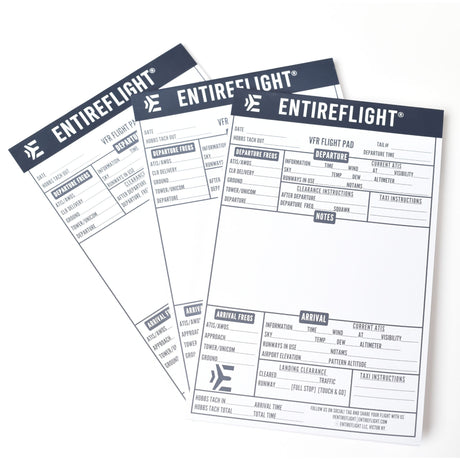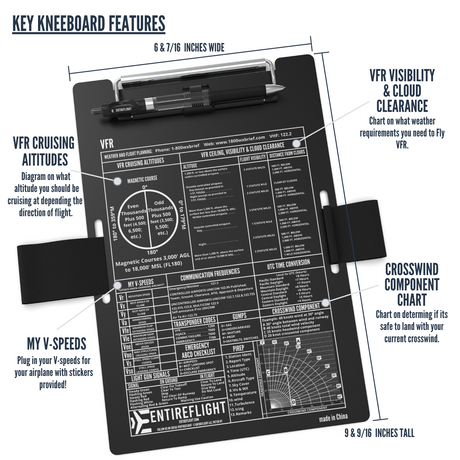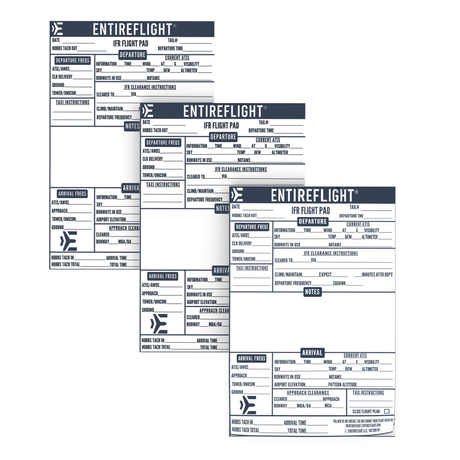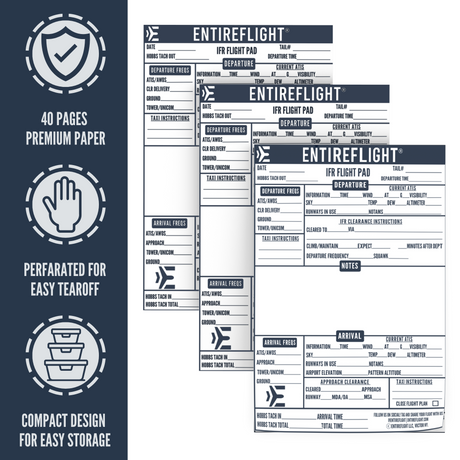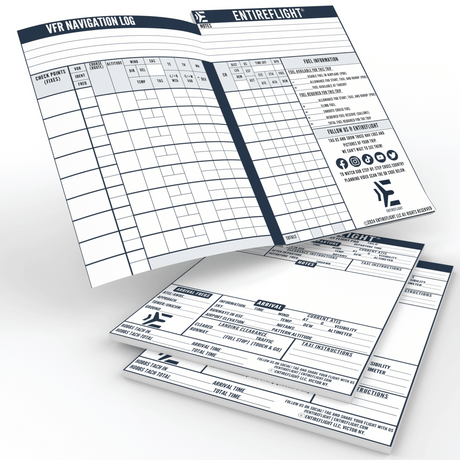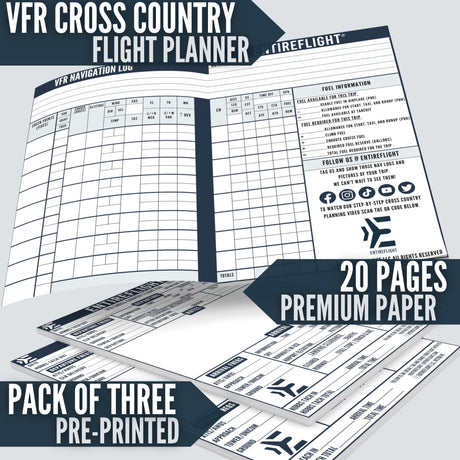Flying in icy conditions can feel daunting for many beginner pilots. Did you know that icing on an aircraft can disrupt the smooth flow of air over the wings, causing a potentially hazardous increase in drag? In this blog post, we'll help decode the different types of aircraft ice and guide you on how to handle each type effectively.
Ready to transform your flight skills with this crucial knowledge? Dive right in!
Key Takeaways
- There are four main types of aircraft ice: clear ice, rime ice, mixed ice, and frost.
- Clear ice is dangerous as it alters the shape of wings and increases drag. Anti - icing systems are crucial to prevent clear ice buildup.
- Rime ice appears milky white and disrupts airflow over the wings. Pilots should identify and remove rime ice during flight.
- Mixed ice is a combination of rime and clear ice. It can lead to structural icing, affecting lift and increasing drag. Pilots should rely on instruments to detect mixed ice.
The Four Types of Aircraft Ice
There are four main types of aircraft ice: clear ice, rime ice, mixed ice, and frost.
Clear ice
Clear ice forms on your aircraft when supercooled liquid water droplets strike the surface and instantly freeze. This type of icing is crystal clear and hard, making it particularly dangerous to pilots as it significantly alters the shape of wings and other flight surfaces.
If not promptly addressed, clear ice can disrupt smooth airflow over the wing, leading to increased drag and potential loss of lift. Detecting this ice often proves challenging due to its transparency; however, you'll typically find it accumulating forward from leading edges or in any area exposed to airborne particles.
Always be vigilant about maintaining anti-icing systems in cold weather flights as they are your primary defense against clear ice buildup.
Rime ice
Rime ice is a type of aircraft ice that forms when supercooled water droplets freeze instantly upon contact with an aircraft. It appears as a milky white, rough and granular substance on the wings and other exposed surfaces.
Rime ice can occur in both visible moisture, such as clouds or fog, and freezing drizzle conditions. This type of ice poses a significant risk to flight safety as it disrupts the smooth flow of air over the wings, resulting in increased drag.
It is essential for pilots to be able to identify rime ice and take appropriate measures to remove or prevent its accumulation on the aircraft surfaces during flight.
Mixed ice
Mixed ice refers to a combination of rime ice and clear ice that can form on the aircraft's wings and other surfaces during flight. This type of ice is particularly dangerous because it can lead to significant structural icing, resulting in a decrease in lift and an increase in drag.
The milky white appearance of mixed ice makes it difficult for pilots to detect visually, making it crucial to rely on onboard instruments and weather reports to identify its presence.
To deal with mixed ice, pilots should follow proper anti-icing techniques and consider altering their flight path or altitude if necessary. Remember, staying vigilant and informed about different types of ice is key to ensuring safe flights in cold weather conditions.
Frost
Frost is another type of aircraft ice that can form on the wings and other surfaces of an aircraft. It occurs when moisture in the air freezes upon contact with a cold surface, such as during cold weather flight.
Frost appears as a thin layer of white ice crystals and can cause problems for pilots. It disrupts the smooth flow of air over the wings, leading to increased drag and decreased lift.
This can affect the performance and handling characteristics of the aircraft, making it important to remove frost before takeoff. Anti-icing systems or techniques may be used to prevent or remove frost from accumulating on an aircraft's surfaces.
How to Identify and Deal with Different Types of Ice
Learn how to identify and deal with different types of ice, including regulations, reporting procedures, and real-life case studies. Don't let aircraft ice catch you off guard - read more to stay safe in the skies.
Regulations and weather conditions
Understanding and adhering to regulations and being aware of weather conditions are crucial when dealing with aircraft icing. Regulations provide guidelines for pilots on how to respond to different types of ice, ensuring the safety of flights.
By following these regulations, pilots can minimize the risks associated with icing and make informed decisions during cold weather flight.
Weather conditions play a significant role in the formation and severity of ice on an aircraft. It's important for pilots to stay updated on current weather reports, including convective SIGMETs that indicate areas of potential turbulence or severe icing.
By continuously monitoring weather conditions, pilots can proactively anticipate ice build-up and take necessary precautions to prevent structural icing.
Reporting icing and determining severity
To ensure safe flying conditions, it is crucial for pilots to accurately report icing and determine its severity. By reporting icing conditions to air traffic control or flight service stations, you contribute valuable information that can help other pilots avoid dangerous situations.
When assessing the severity of ice formation, consider factors such as the type of ice (clear ice, rime ice, mixed ice), the location on the aircraft (wings, tail surfaces), and any associated changes in aircraft performance.
Remember that even a small amount of ice can have a significant impact on flight characteristics and increase drag. So always stay vigilant and promptly report any signs of icing to help keep fellow aviators informed and safe.
Case studies
Case studies provide real-life examples that can help you better understand the different types of aircraft ice and how to deal with them. By examining these specific scenarios, you can gain valuable insights into the challenges pilots face when encountering icing conditions and learn effective strategies for managing ice formation on your own aircraft.
These case studies highlight the importance of accurate reporting, proper identification, and timely decision-making in mitigating the risks associated with icing. Through these practical examples, you'll be able to enhance your knowledge and improve your ability to safely navigate cold weather flights.
How to Report Aircraft Icing
When reporting aircraft icing, it is important to determine the type and severity of ice you are experiencing. Be sure to give an icing Pilot Report (PIREP) with detailed information on the conditions, such as location, altitude, and type of ice encountered.
Importance of reporting
Reporting aircraft icing is crucial for the safety of your flight. By reporting icing encounters to air traffic control, you provide valuable information that can help other pilots make informed decisions about their flight routes.
This includes details about the type and severity of ice you encountered, which can assist in determining if a particular area is hazardous for flying. Your report may also trigger the issuance of Convective SIGMETs (significant meteorological information) to alert other pilots about potentially dangerous icing conditions.
Remember, reporting icing not only helps you and your fellow aviators stay safe but also contributes to improving overall aviation safety.
Determining type and severity of ice
To ensure a safe flight, it is essential for pilots to accurately determine the type and severity of ice on their aircraft. The first step is to understand the different types of ice, such as clear ice, rime ice, mixed ice, and frost.
Clear ice appears smooth and can form when large freezing drops hit the aircraft surface. Rime ice is milky white and forms in subfreezing clouds. Mixed ice is a combination of clear and rime ice.
Frost looks like icy crystals on the surface.
Once you spot the presence of icing conditions, you need to assess its severity by observing how much time it takes for the accumulation to happen or measuring any drag increase caused by it.
Don't forget to check weather reports for Convective SIGMETs that provide information about hazardous icing conditions.
Giving an icing PIREP
When you encounter icing conditions during your flight, it's important to report them so that other pilots can be aware of the hazards. To give an icing PIREP, provide details about the type and severity of ice you're experiencing.
Look for signs such as milky white wings or freezing drops on the aircraft. Be sure to mention any changes in performance, such as increased drag or a decrease in airspeed. By sharing your observations, you'll help create a safer flying environment for everyone.
Additional Resources and Information
Here are some additional resources and information to help you further understand aircraft ice and how to deal with it:
Books on severe weather and icing
To deepen your understanding of severe weather and icing conditions, there are several books available that cover these topics in detail. These books offer valuable insights on how to recognize and deal with different types of aircraft ice.
They often include information on regulations, case studies, and techniques for reporting icing conditions. By reading these resources, you can gain important knowledge about the hazards associated with cold weather flight and learn effective strategies for preventing ice accumulation on your aircraft.
Some recommended titles include "Aircraft Icing: A Pilot's Guide" by Terry T. Lankford and "Severe Weather Flying: Increase Your Knowledge" by Dennis Newton. These books provide practical tips, thorough explanations, and real-world examples to help beginner pilots navigate through icing conditions safely.
Websites and online resources
Find valuable resources and information about aircraft icing on various websites dedicated to aviation safety. These platforms provide in-depth articles, videos, and interactive tools that can help you gain a better understanding of the different types of ice formation on aircraft, as well as techniques for preventing and removing ice accumulation.
Stay up-to-date with the latest industry guidelines and recommendations by exploring these online resources designed to support beginner pilots like you.
Common questions and further reading
If you still have some questions about aircraft ice and how to deal with it, don't worry. You're not alone! Many beginner pilots have similar concerns when it comes to this topic. To help answer your questions and provide you with more information, here are a few common inquiries that pilots like you often have:
- What are the best resources for learning about severe weather and aircraft icing?
- Are there any websites or online forums where I can find additional guidance on dealing with different types of ice?
Conclusion
Understanding the different types of aircraft ice and how to deal with them is crucial for safe flying. By knowing how to identify and report icing conditions, pilots can take appropriate action to prevent structural icing.
Remember to always stay informed about weather conditions, use anti-icing systems when needed, and follow proper de-icing procedures to ensure a smooth airflow over your wings and minimize drag increase caused by ice accumulation.
With this knowledge, you'll be able to confidently navigate cold weather flights while avoiding the hazards of aircraft icing.
FAQs
1 - What are the different types of aircraft icing?
The different types of aircraft icing include wing icing and other forms that accumulate due to specific icing conditions for aircraft.
2 - How can I prevent ice accumulation on my aircraft?
Preventing aircraft ice accumulation is possible with anti-icing systems for aircraft and certain pre-flight preparation techniques.
3 - Is there a correct way to remove ice from an airplane?
Yes, specific procedures known as deicing procedures are used for removing aircraft ice safely without damaging the plane's delicate surfaces.
4 - Can you provide me with some weekly aviation tips related to dealing with icy weather conditions?
Absolutely! Keeping yourself well-informed about various preventive measures, correct usage of anti-icing systems, and efficient techniques for removing accumulated ice would be great weekly aviation tips.

